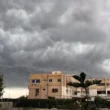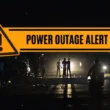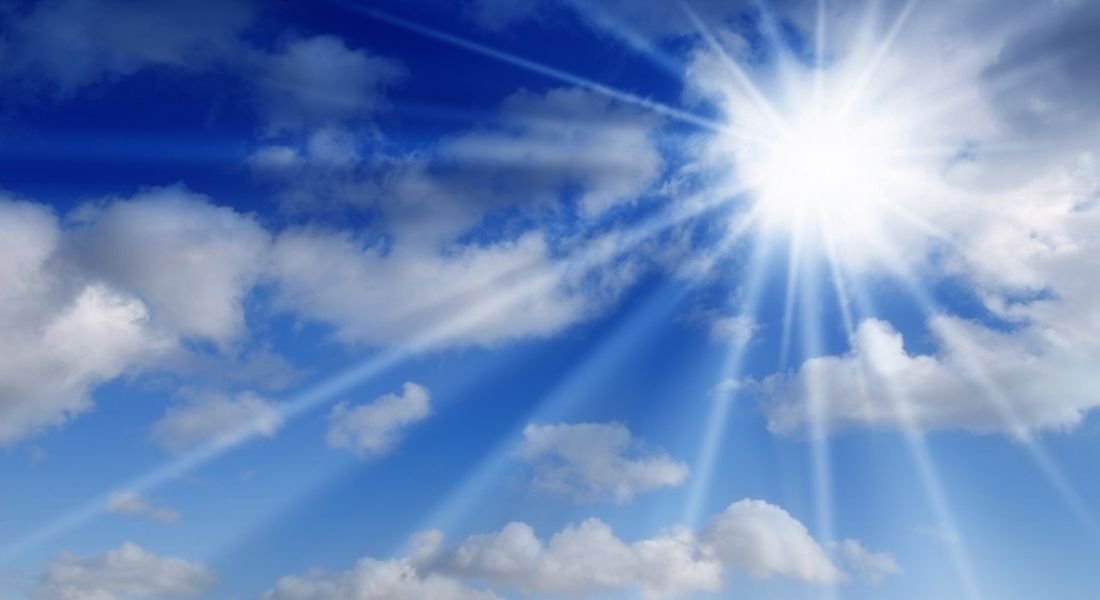An intense solar storm struck Earth on Monday, raising the possibility of the northern lights being visible in regions much farther south than usual, according to the US National Oceanic and Atmospheric Administration (NOAA). The storm, classified as a level-four geomagnetic storm on NOAA’s five-point scale, began at approximately 1500 GMT and was expected to persist for several hours.
NOAA’s specialized center reported that while the storm was severe, it was not anticipated to escalate in intensity. However, the current conditions could still produce faint auroras as far south as Alabama and northern California in the United States, a rare occurrence for these lower latitudes.
Cause and Impact of the Solar Storm
The storm was triggered by coronal mass ejections (CMEs), massive explosions of charged particles that erupt from the Sun’s surface and travel across space. When these particles collide with Earth’s magnetic field, they can cause geomagnetic storms, leading to the spectacular auroral displays known as the northern lights.
Astrophysicist Eric Lagadec from the Cote d’Azur Observatory in France commented on the potential for auroras to be visible in various parts of the world, stating, “There are a lot of auroras now… If it lasts until nightfall here, we might be able to see some.”
NASA astronaut Matthew Dominick, currently stationed on the International Space Station, also shared a breathtaking image of the aurora borealis on social media, capturing the beauty of the natural phenomenon from space.
While the sight of auroras is awe-inspiring, geomagnetic storms like this one can have disruptive effects on Earth. High-frequency communication systems can be degraded, satellites may be disturbed, and electrical grids could face overloads. NOAA has informed operators of critical infrastructure to implement protective measures to minimize these risks.
Increased Solar Activity and Future Risks
This event follows closely on the heels of another powerful geomagnetic storm in May, which was one of the most significant recorded in the last two decades. That storm caused auroras to appear in the night skies over the United States, Europe, and Australia, at latitudes where such displays are uncommon.
The frequency of these solar storms is on the rise as the Sun nears the peak of its 11-year activity cycle. During this phase, known as the solar maximum, the Sun experiences increased magnetic activity, resulting in more frequent and intense CMEs.
Scientists continue to monitor solar activity closely, as the ongoing rise in solar storms poses potential risks to technology-dependent societies. The potential for disruptions to communication networks, GPS systems, and power grids underscores the importance of preparedness and adaptive infrastructure to mitigate the impact of these natural events.
As the storm continues to unfold, skywatchers across the northern hemisphere, even those living in typically aurora-free zones, are advised to look to the night skies. The rare opportunity to witness the northern lights in unusual locations serves as a reminder of both the beauty and the power of our Sun’s influence on Earth.











